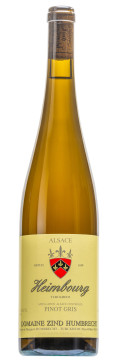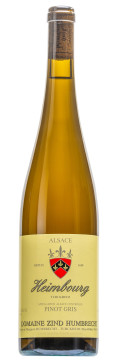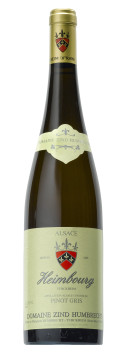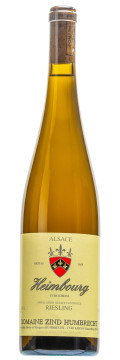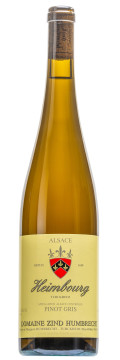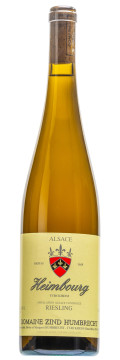The Heimbourg of Turckheim
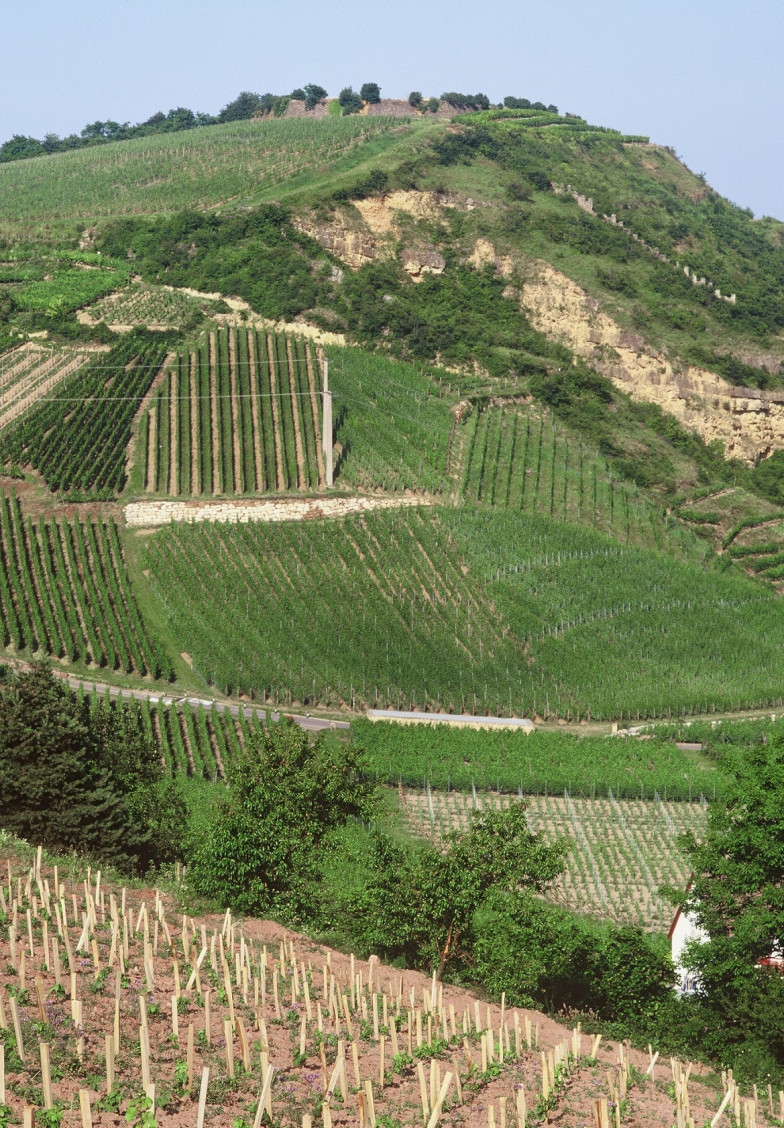
History
Although the vineyards of Heimbourg are highly considered in the commune of Turckheim and well defined on the cadastral plan, in history we find very little mention of this site. The steep slopes make it these vineyards very difficult to work and as a consequence an important part of the Heimbourg was left abandoned after the First World War.
Many winegrowers preferred working on adjacent vineyards on the plains where vines were more productive and the vineyard work less costly and taxing. Leonard Humbrecht however was intrigued by this limestone slope, unique in Turckheim. Over the years the Domaine acquired 4ha of the 7ha named Heimbourg on the cadastral plan. The vineyards planted between 1983 and 1997.
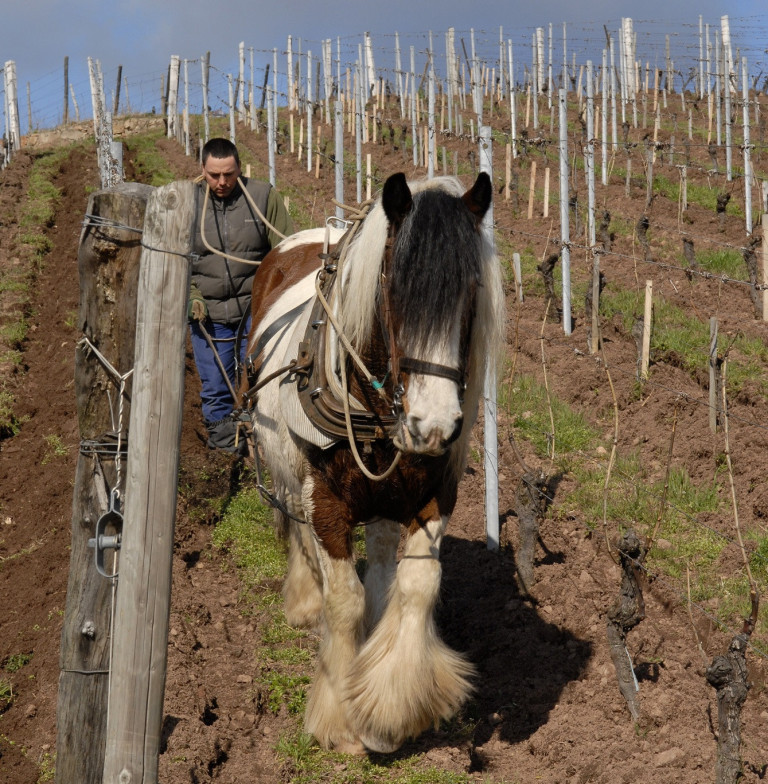
Terroir
The Heimbourg of Turckheim is a small vineyard sloping 35% to the west, facing the east side of the Brand, then turning abruptly towards the south with the slope increasing to over 50%. Climatically, this hillside enjoys a lengthy period of evening sunshine, because thanks to its position facing the Munster valley, the vines are not in the shade of the Vosges Mountains.
The west side is a late-ripening area, the grapes ripen slowly, always retain good acidity and see a late development of noble rot. The south side is naturally a lot warmer and early-ripening (the same goes for the Clos Jebsal), but always benefits from the wind from the valley which prevents the noble rot from developing too early.
The soil structure is a clay-limestone substratum (oligocene limestone and interbedded marl) where the yellow or white calcareous rocks are present in large numbers on the surface. We have chosen to plant the Pinot Gris (1.6ha) in the upper part which faces west and has the poorest and stoniest soil. The Gewurztraminer (1ha) lies just below, also facing west. The small south side was planted with Riesling in 1994 (1.15ha) and in 1997 we planted a small parcel of Pinot noir (0.3ha).
The Heimbourg wines from Domaine Zind Humbrecht
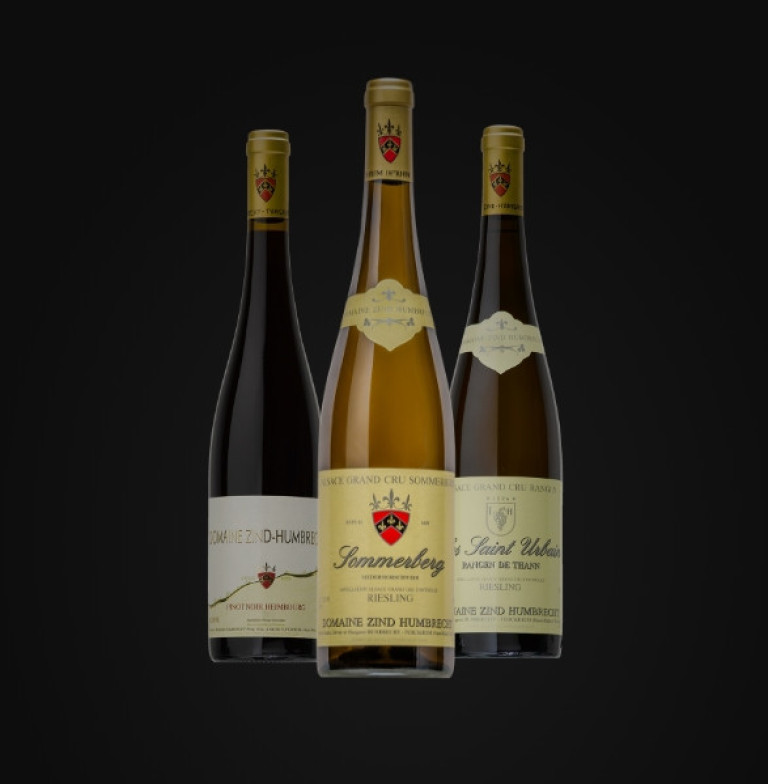
Wines
The wines produced on the Heimbourg are rich, opulent, often spicy and can include noble rot. The slower ripening of the grapes often produces wines that are aromatically expressive from a young age, contrary to its neighbour the Clos Jebsal with whom we have to show patience.
The deep limestone substrate remains cool and explains the fine acid structure and beautiful ageing potential of the wines from the Heimbourg. The heterogeneous nature of the terroir leads to a diversity of grape varieties planted in this small cru.
The top part of the slope, less fertile and more exposed to the wind is planted to Pinot Gris. The south facing and warmest face of the Heimbourg is planted to Riesling. The Pinot Noir is planted at the foot of the slope with the objective of obtaining longer ripening periods and healthy grapes. The botrytis that can develop in this terroir is only found towards the end of the season by which time the Pinot Noir has already been harvested. In 2012 we decided to grub up the 30 year old Gewurztraminer Heimbourg vineyard.
This vineyard, planted to clones, was infected by the wood fungus complex, Esca. Our best efforts to remedy this parcel of this disease were unsuccessful and thus the decision was made to replant it. The potential and finesse of the current Riesling Heimbourg vineyard along with the climatic evolution convinced us to replant this parcel to Riesling. 2012 is thus our last vintage of the Gewurztraminer Heimbourg.
